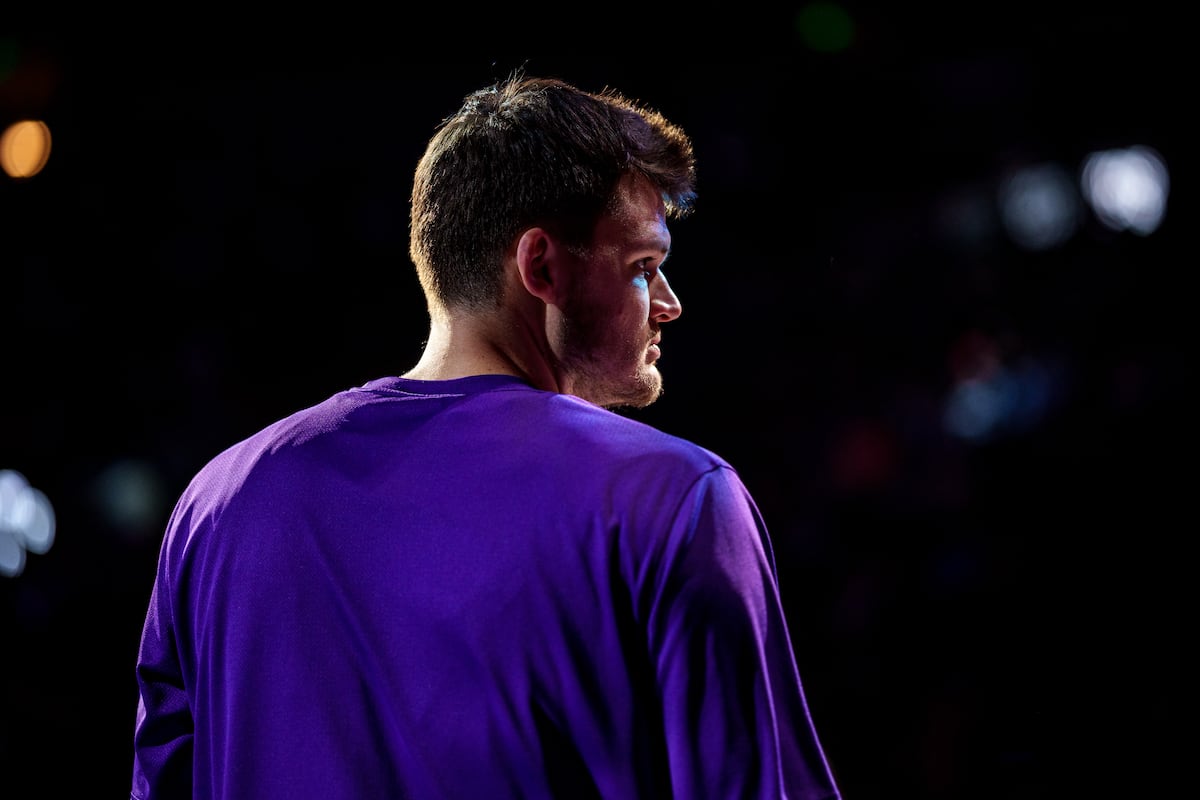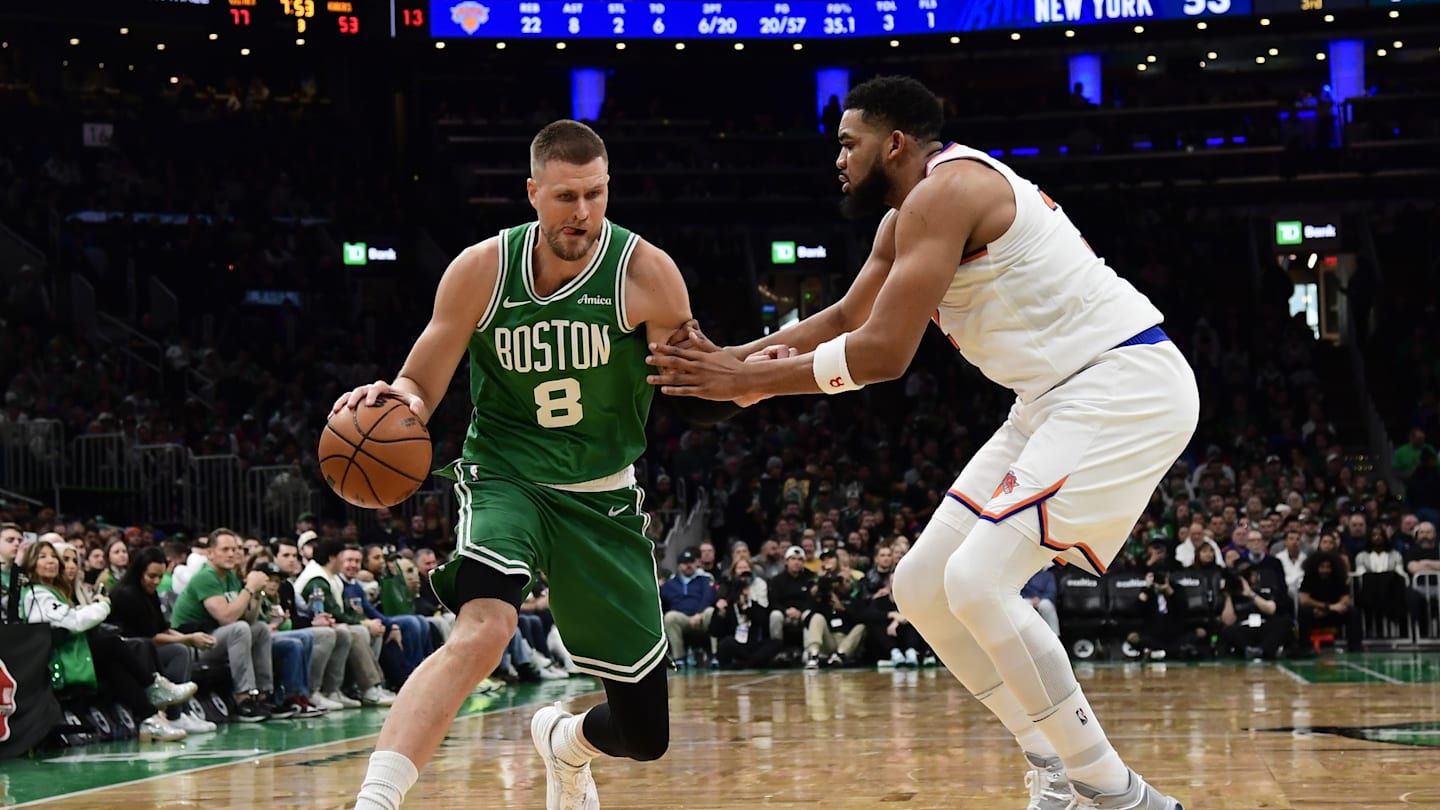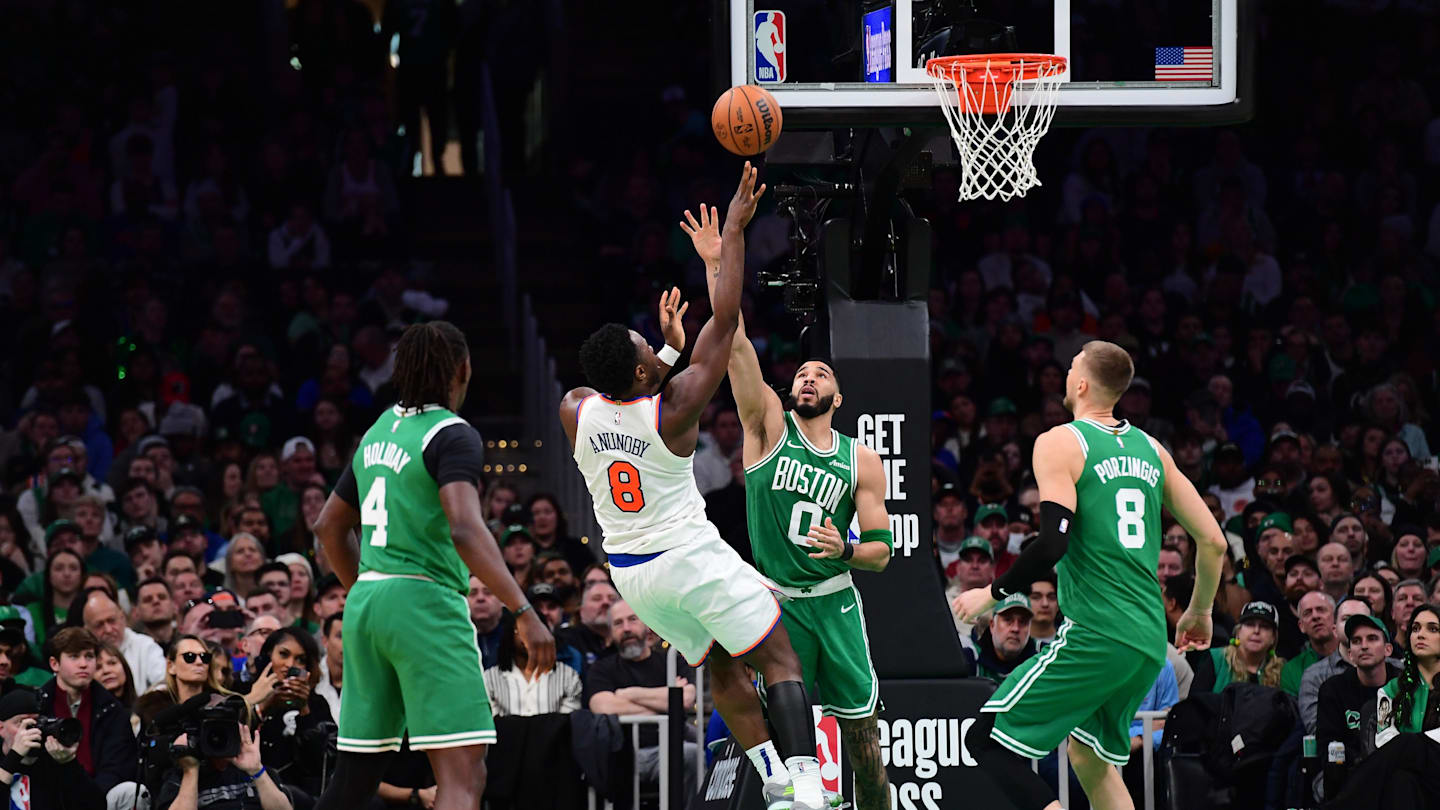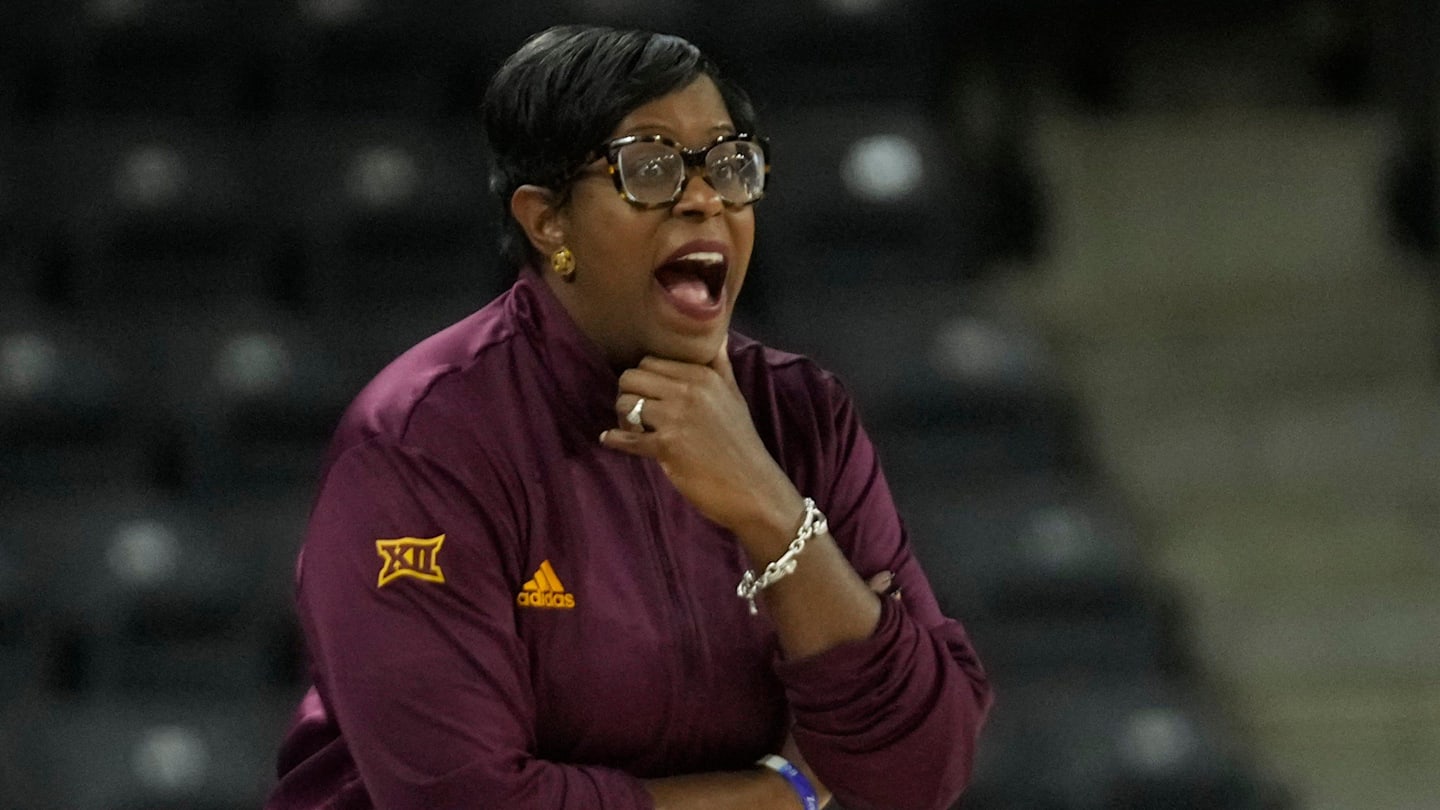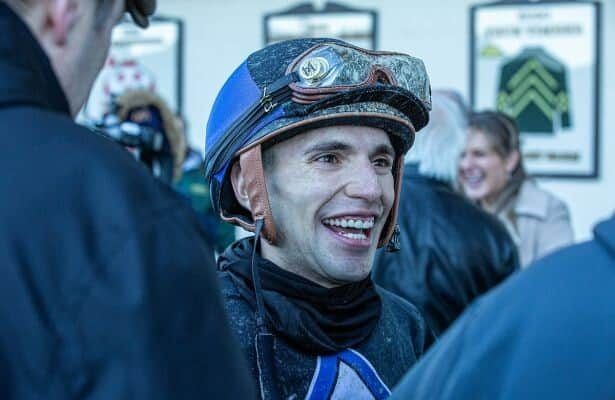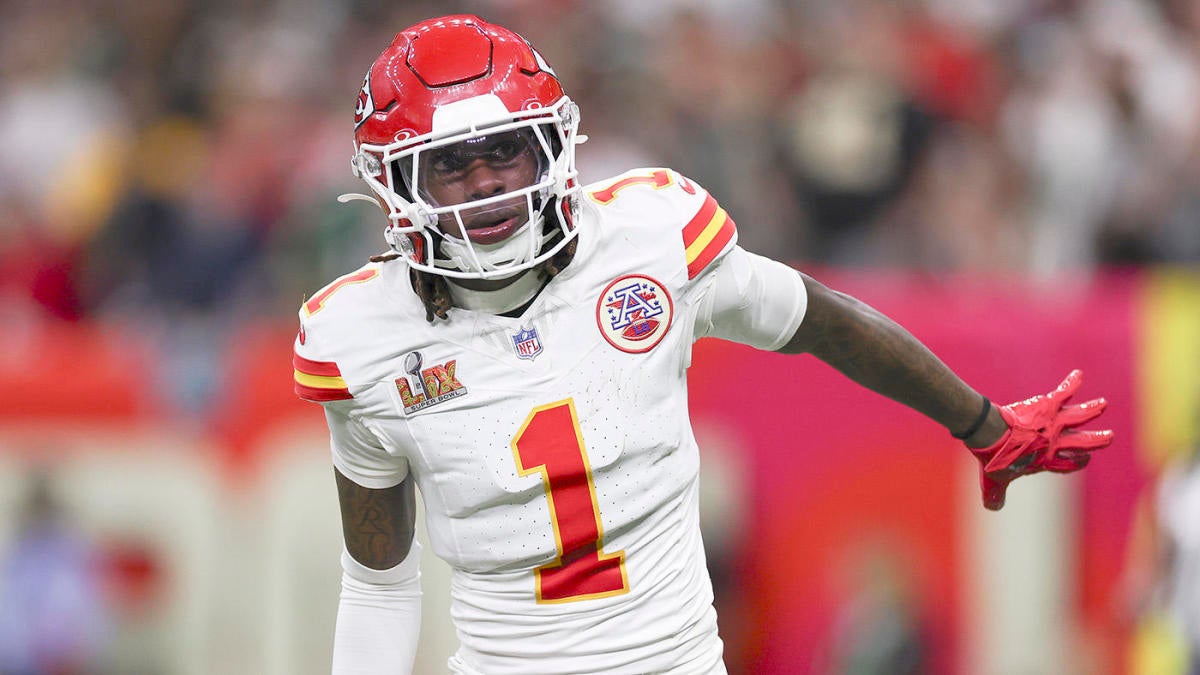Three thoughts on the Utah Jazz’s 118-109 loss to the Toronto Raptors from Salt Lake Tribune Jazz beat writer Andy Larsen.
1. Walker Kessler’s incredible night
18 points, 25 rebounds, and eight blocks.
It’s the first such 18/25/8 game in 30 years of NBA basketball. Not since 1994 has a player had that statline.
There have only been five such games in NBA history, by some of the best centers in NBA history: Kareem Abdul-Jabbar, Elvin Hayes, Hakeem Olajuwon, Shaquille O’Neal, Dikembe Mutombo. And Kessler did it in fewer minutes than the others, completing his game in only 33 on-court minutes.
Obviously, the 18 points isn’t too hard, but you have to have a lot of misses in a game to force both 24 rebounds and eight blocks. There have been multiple games this season in which an entire team didn’t miss 32 shots, and usually, someone else can end those plays.
The Jazz and Raptors provided those misses. The Raptors missed 64 shots on Friday night, of which Kessler got 12 boards. More impressively, Kessler collected 13 of the Jazz’s 45 misses, a pretty ridiculous 29% offensive-rebounding percentage.
That’s high for him, but not unbelievable, though: he averages collecting 17% of the Jazz’s misses, by far the highest in the NBA right now.
Then there’s the blocks. Just like with rebounds, they’re a little bit game dependent. After all, a team needs to shoot the ball near Kessler in order for him to block it — and the Raptors were happy to oblige over and over again.
Still, Kessler simply vacuumed up the chances in only the way an elite big man can. It was clear Kessler was giving 100% effort throughout as he realized he was putting together something special, and he just about singlehandedly kept the Jazz even close in this contest despite the tire fire around him.
He’s a really good player. I’m glad the Jazz have kept him.
2. Keyonte George, foul drawing as a reserve
We’ve previously looked at Keyonte George’s stats coming off the bench vs. as a starter, and found they weren’t too dissimilar. But one significant difference is the foul drawing, something he showed off again tonight with 13 free throws. (George made 9.)
As a starter, George drew 5.3 free throws per 100 possessions. As a reserve, that’s gone up about 50% to about 7.8 free throws per 100 possessions. That makes sense: coming off the bench, he’ll likely face slower, smaller, less disciplined defenders than those he’d face as a starter.
Still, 7.8 per 100 is a really high rate. It would rank 18th in the NBA among qualifying players this year — all of the 17 above George are full-time starters and usually their team’s star. How does he do it?
George is actually pretty tricky at using his arms to get under an opponent’s while he’s turning the corner.
Same with change of speeds and hesitation moves:
Finally, he’s smart about using the bonus. Here, the Jazz are in the penalty, and George gets held by Raptors rookie Ja’Kobe Walter coming off a screen. What does George do? He just falls, forcing the ref to call the foul.
When you watch the league’s best foul-drawers, one skill they have is saving themselves a bailout option — so if they’re driving to try to draw a foul, then don’t hear the whistle, they have an option to pass out of it. George still turns those into ugly missed shots, which end up as runouts for the other team quite frequently. That, to me, is a huge potential growth point.
A steady diet of free throws is the simplest (and least expensive) way to become an efficient offensive player, something George desperately needs to achieve his career goals.
3. Alex Jensen, Utes coach
The former Jazz assistant coach of nine years is now the Utes’ head coach.
Moving to the college ranks, and specifically this role, has been an option for Jensen before. I think the collapse of the Dallas Mavericks over the last month probably made the idea of taking this job significantly more attractive than it was then, though.
Assistant for the Dallas Mavericks, NBA Finalist, used to be a really high-caliber job. Assistant for the Dallas Mavericks, Probably Long-Term Terrible As The Result Of One Of The Worst Trades In NBA History And Also Kyrie Irving’s ACL Tear, is significantly less fun.
But I think Jensen’s a much more interesting hire than the Utes have had in a long, long time. Craig Smith was an up-and-coming coach, but it’s hard to say the resume was exciting. Yes, Larry Krystkowiak was an NBA assistant too, but for three really terrible teams. And frankly, the way the Utes played basketball under Krystkowiak’s tenure didn’t really lead me to believe he had taken much from the experience. His teams played like you’d expect a ’90s post big man’s teams to play, not a 2000s-2010s NBA coach. He was behind the times. (Kyle Kuzma should have looked much, much better in a Utes uniform, for example.)
Jensen isn’t that. He has a really good understanding of Xs and Os in the modern game. Yes, he was a big man, but he’s used that to immediate player development success both in Utah and Dallas. And of course, he’s had head coaching experience before in the G-League.
I think he’ll be a good, not great recruiter. He’ll be able to use his NBA experience as a calling card, and he’s a very likable guy. But the Utes’ situation at the Huntsman Center and its lack of fan vibes, and general NIL prioritization of football over basketball, may make it difficult to win bidding wars.
Overall, though, it’s probably the best realistic hire the Utes could have made. If Jensen doesn’t take them to success, I don’t think it’ll be his fault, but the current limitations of where the program as a whole ranks against its competition.
Note to readers • This story is available to Salt Lake Tribune subscribers only. Thank you for supporting local journalism.
